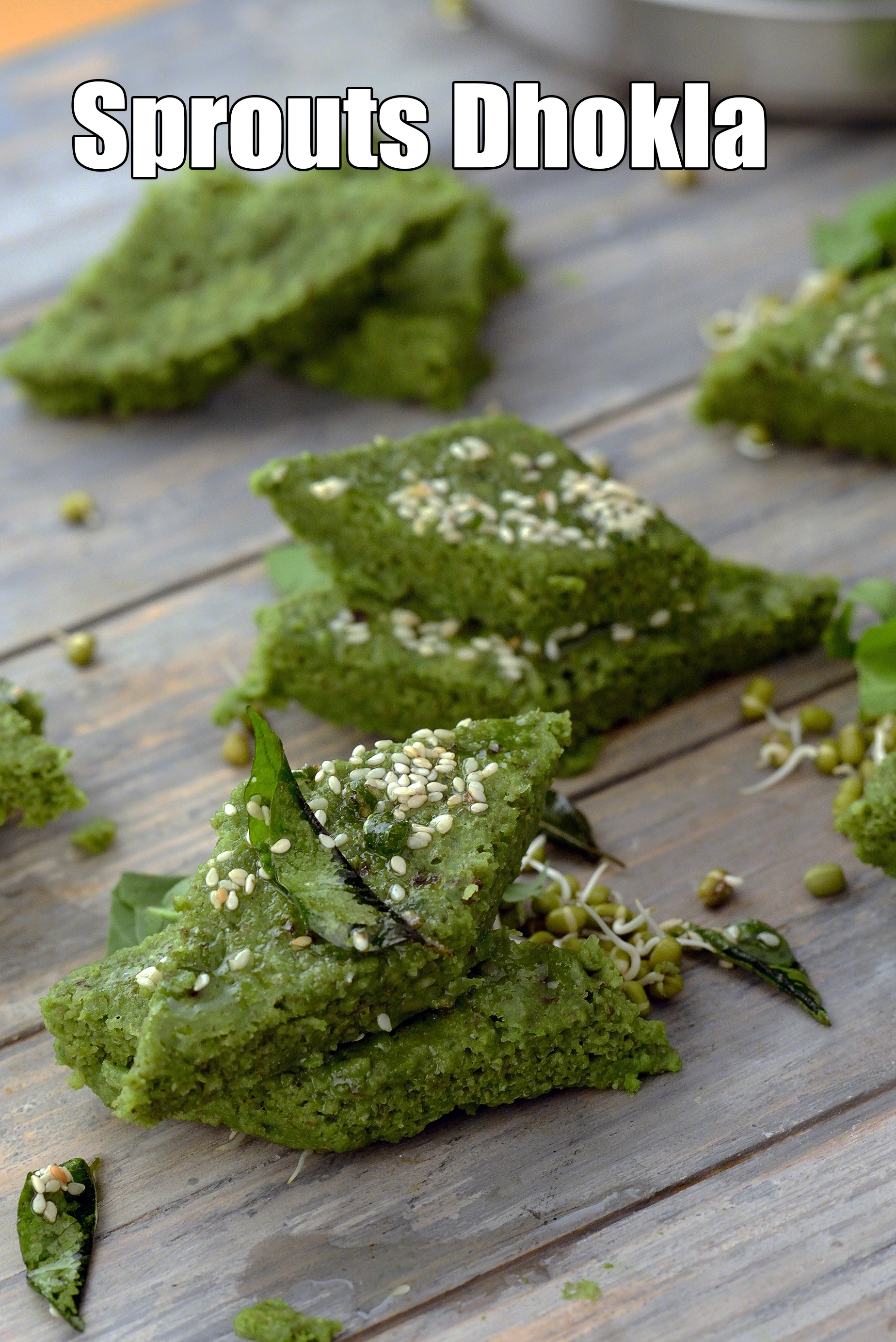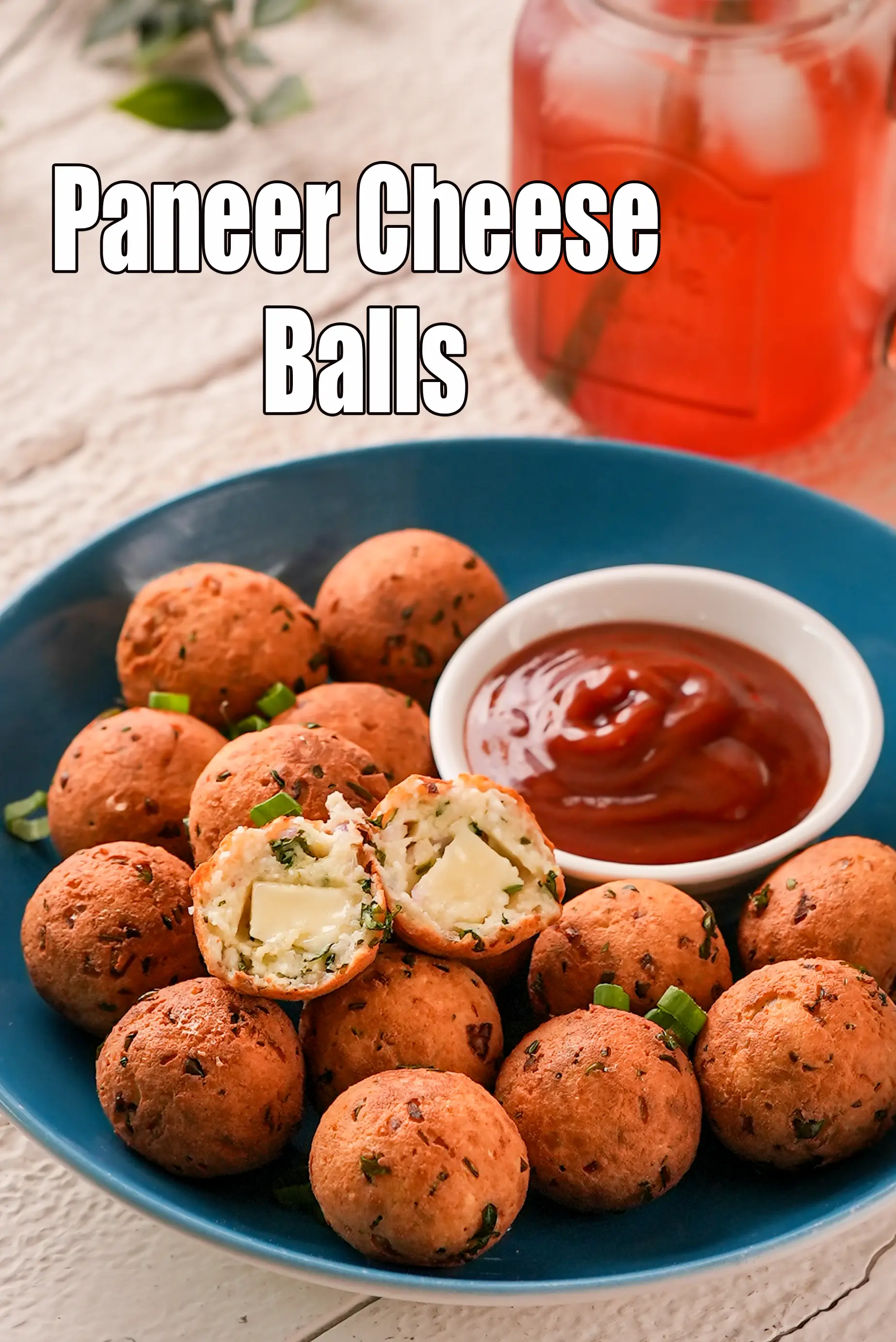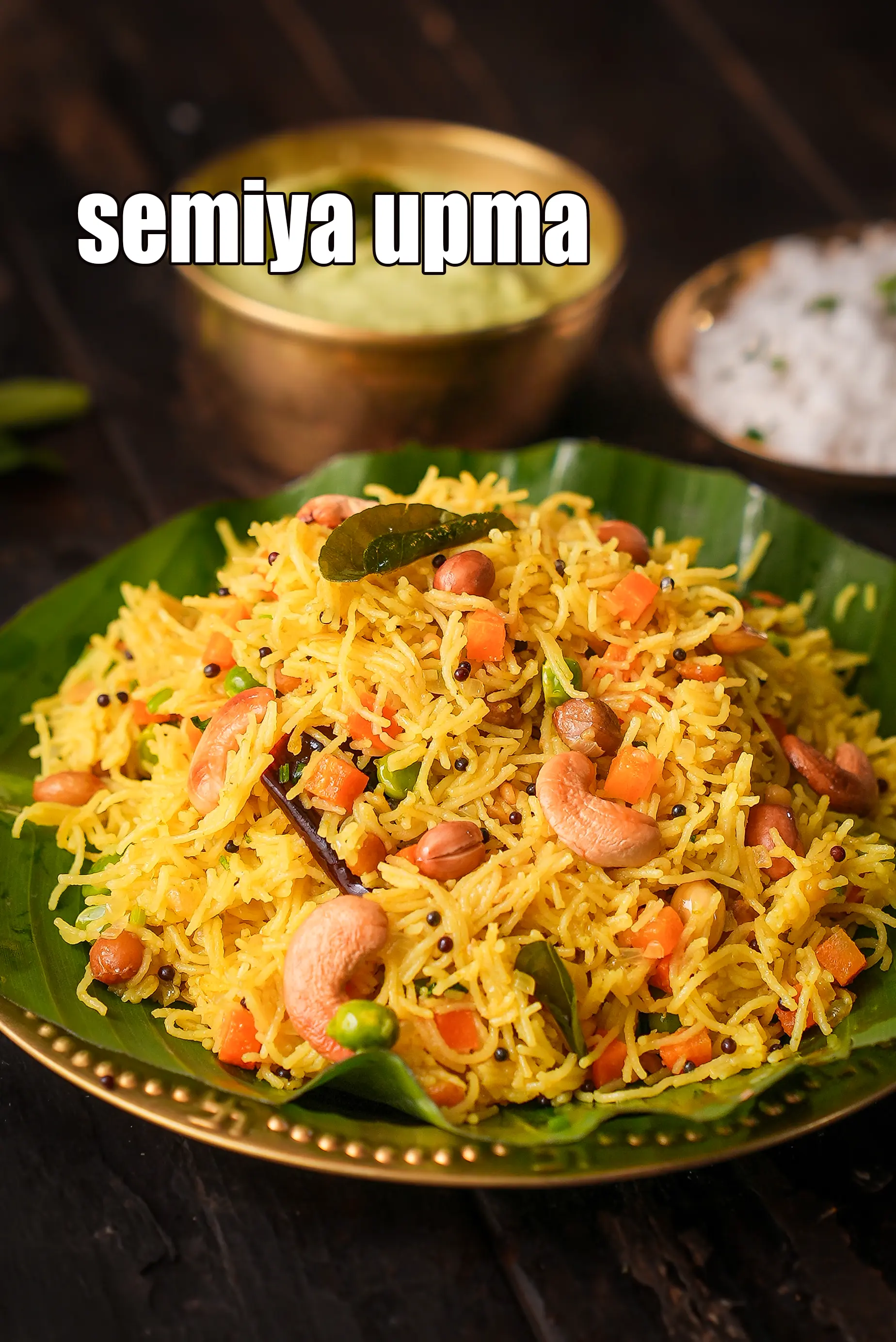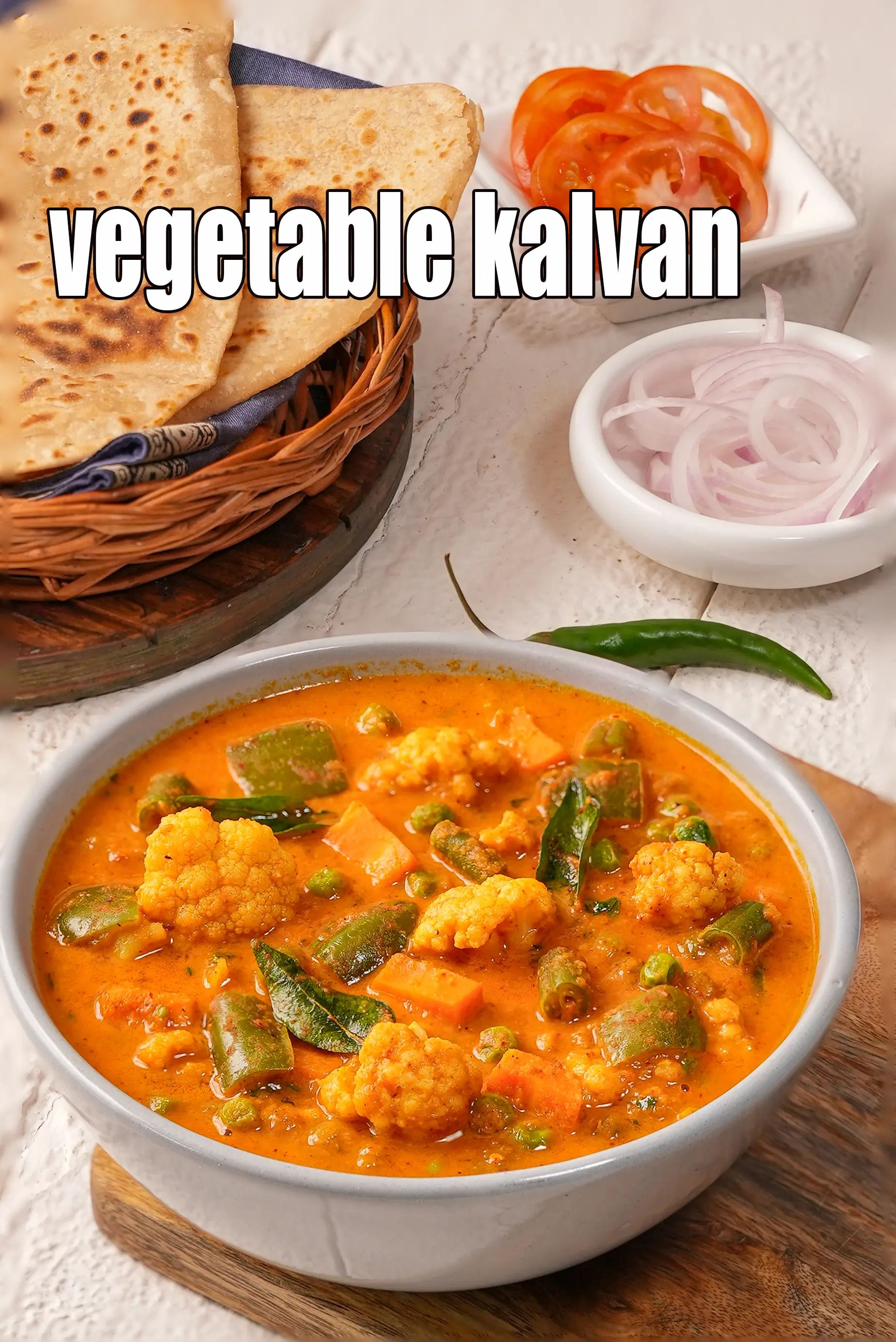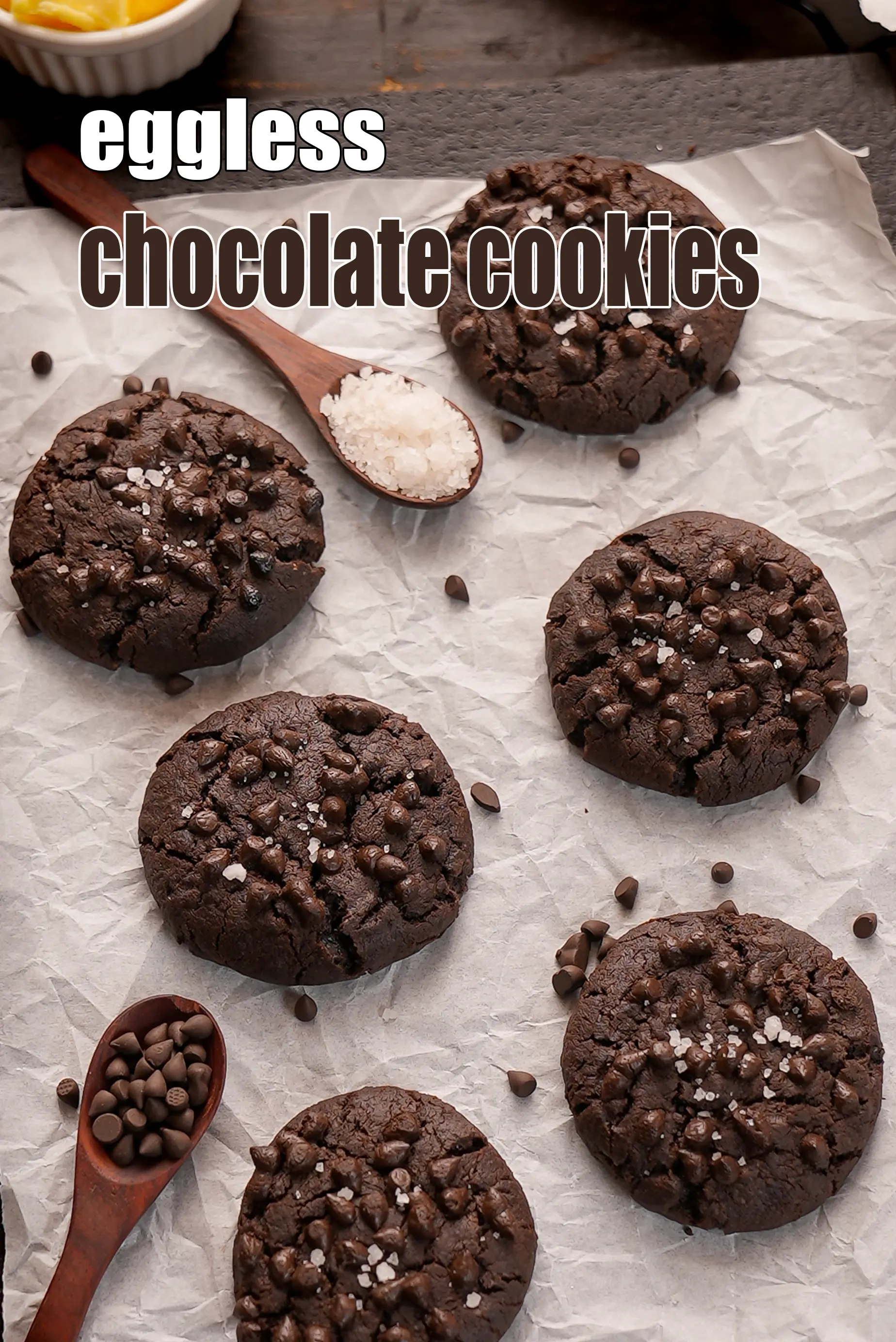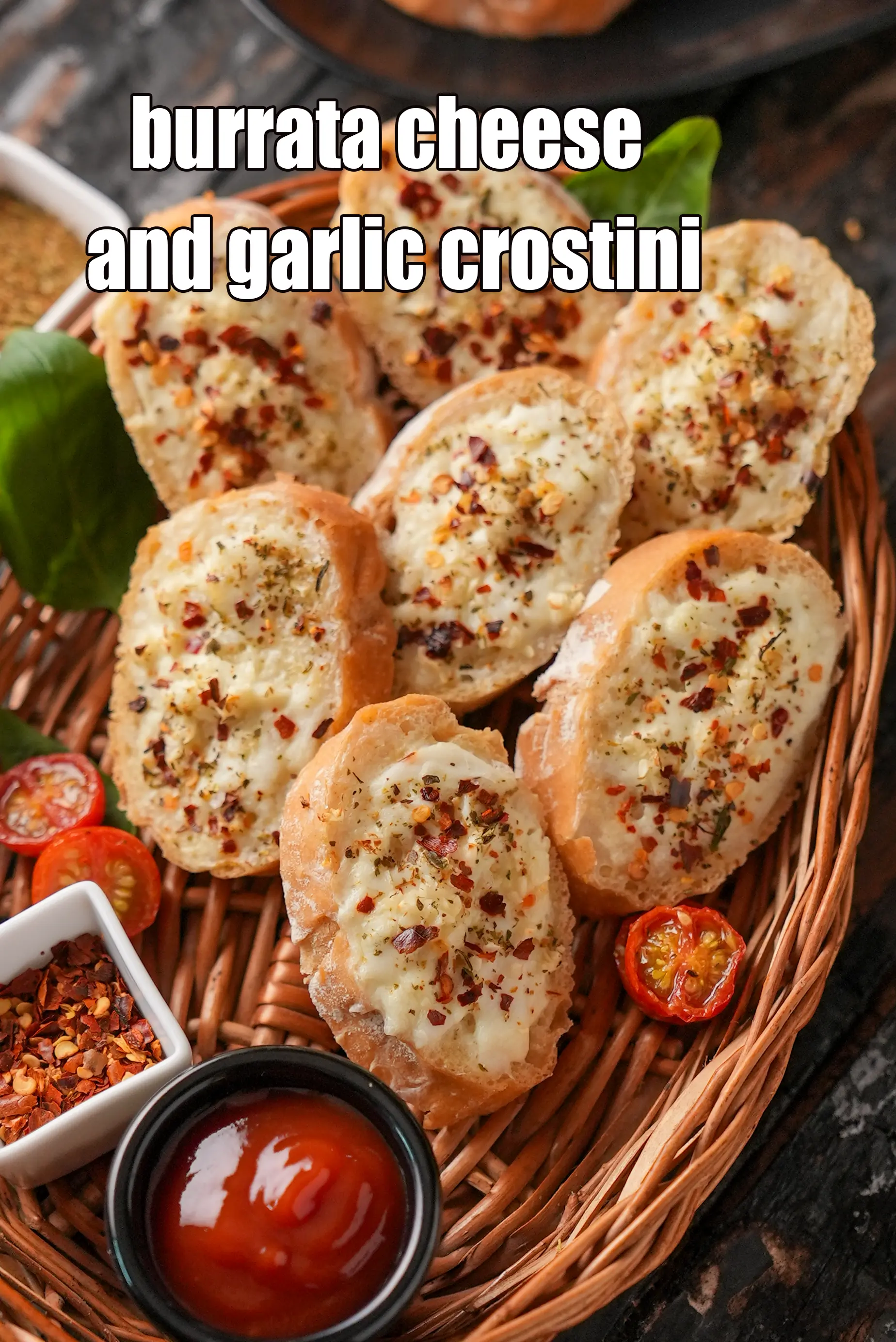Nutritional Facts of Gujarati Style Urad Dal Recipe, Calories in Gujarati Style Urad Dal Recipe
This calorie page has been viewed 57625 times
Healthy Indian Recipes
Healthy Indian Recipes
Table of Content
How many calories does one serving of Gujarati style Urad Dal have?
One serving of Gujarati style Urad Dal gives 235 calories. Out of which carbohydrates comprise 133 calories, proteins account for 58 calories and remaining calories come from fat which is 44 calories. One serving of Gujarati style Urad Dal provides about 12 percent of the total daily calorie requirement of a standard adult diet of 2,000 calories.
See recipe Gujarati Style Urad Dal. healthy urad dal Gujarati style | adad ni dal | urad dal with bajra roti | with 21 amazing images.
Next time you decide to make dal, reach out to the jar of urad and make this tasty urad dal Gujarati style recipe! Subtly flavoured with curds and a dash of spices, this dal has a homely but very satiating taste.
To make Gujarati style urad dal, Clean, wash and soak the urad dal in enough water in a bowl for 15 minutes. Drain well. Combine the urad dal and 1½ cups of water in a pressure cooker, mix well and pressure cook for 3 whistles. Allow the steam to escape before opening the lid. Combine the cooked urad dal, curds and 1½ cups of water in a deep bowl and mix well. Keep aside. Heat the oil in a deep non-stick pan, add the cumin seeds, asafoetida and curry leaves and sauté on a medium flame for 30 seconds. Add the urad dal-curd mixture, green chilli paste, garlic paste, turmeric powder and salt, mix well and cook on a medium flame for 3 to 4 minutes, while stirring occasionally. Switch off the flame, add the coriander and mix well. Serve immediately with rotla.
Rich in protein, iron, folic acid, magnesium, potassium, fibre and other essential nutrients, this easy-to-cook adad ni dal is a good addition to your everyday cookbook.
This dal can be enjoyed by weight watchers, women with PCOS, heat patients and diabetics (half serving recommended). Gujarati style urad dal tastes best when served with rotla but you can also enjoy it with a bowl of hot rice laced with ghee.
The spices used to make this urad dal with bajra roti also exhibit some health benefits. Like cumin seeds and asafoetida aid in digestion, green chillies being rich in antioxidant vitamin C help ward off free radicals, garlic helps to lower blood cholesterol and turmeric powder has been proven to be anti-inflammatory.
Tips for Gujarati style urad dal. 1. Whether purchasing urad dal in bulk or in a packaged container, make sure that there is no evidence of moisture or debris or worms. 2. You can prepare this dish earlier on, but before serving add a little water and re-heat as it tends to thicken over time. 3. Accompany thisurad dal with bajra roti with a kachumber for a satiating meal.
It tastes best when served with rotla but you can also enjoy it with a bowl of hot rice laced with ghee.
Is Gujarati style Urad Dal healthy?
Yes, this is healthy. Made of urad dal and curds, this is a super healthy recipe.
Let's understand the Ingredients.
What's good.
Urad Dal : 1 cup of cooked urad dal gives 69.30% of folic acid of your daily requirement of folate which is important to pregnant women. The folic acid in urad dal helps your body to produce and maintain new cells, especially red blood cells. 1 cup of cooked urad dal gives 26.95% of the total daily requirements for calcium. See here for 10 magnificent benefits of urad dal.
Curd + Low fat Curds : Curds help in digestion as it has very good bacteria. Probiotics in curds acts as a mild laxative but, in case of diarrhoea and dysentery, it is a boon, if curd is used with rice.They help in weight reduction, good for your heart and build immunity. The only difference between curds and low fat curds is the fat level. Read the benefits of curds to include in your daily diet.
Benefits of Cumin Seeds ( jeera) : The most common benefit of jeera known to many is to soothe the stomach, intestine and the entire digestive tract. Cumin seeds are apparently a very good source of iron. A tbsp. of cumin seeds can fulfil nearly 20% of days iron requirement. Even small quantity of cumin seeds has huge amounts of calcium ( see calcium rich Indian foods ) – a bone supporting mineral. They aid is digestion, weight loss and help reduce inflammation. See detailed benefits of cumin seeds, jeera.
Green Chillies : Antioxidant vitamin C in green chillies protects the body from effects of harmful free radicals and prevents stress. It is probably the high fiber which helps in controlling blood sugar levels. This it is a welcome addition to a diabetic diet. Suffering from anaemia? Add green chillies to your list of iron rich foods too. For complete details see benefits of green chilli.
Garlic : Garlic has been proven to lower cholesterol. The active ingredient allicin present in garlic aids in lowering blood pressure. Garlic is also alleged to help regulate blood glucose levels for diabetics. Garlic is great for the heart and circulatory system. Garlic has an antimicrobial, antiviral and antifungal function and can help in relieving common cold and other viral infections. To boost your immune system have a garlic clove a day. Garlic is a top anti viral food. The thiosulphate compound, Allicin found in garlic acts as a strong antioxidant and protects our body from damage of free radicals. Read here for complete benefits of garlic.
Turmeric Powder (Haldi) : Turmeric helps in digestion of food thus helping to overcome indigestion. Haldi may help in reducing the growth of fat cells in the body. Turmeric, being rich in iron, is highly valuable in the treatment of anaemia and both the root as well as the powder should be a regular part of an anaemic diet. One of the health benefits of turmeric is it’s anti-inflammatory property due to the active compound, Curcumin, which helps to relieve inflammation of the joints and thus is a ladder to relieve pain related to arthritis. The curcumin in haldi also helps to ward of the bacteria’s causing cold, cough and throat irritation. Turmeric benefits in diabetes management by lowering blood glucose levels. Its antioxidant and anti-inflammatory effects are useful in the treatment of diabetes patients. It is known to be a good brain food and keep diseases like Alzheimer’s at bay. See here for detailed turmeric benefits.
Coriander (kothmir, dhania) : Coriander is a fresh herb often used as a flavour enhancer in Indian cooking. It is mainly used as a garnish. This is the best way to use it - no cooking. This preserves its vitamin C content which helps to build our immunity and bring that sparkle to the skin. The antioxidants vitamin A, vitamin C and the quercetin present in coriander works towards strengthening our immune system. Coriander is a fairly good source of iron and folate – the 2 nutrient which help in the production and maintenance of red blood cells in our blood. Good for reducing cholesterol and good for diabetics. Read 9 benefits of coriander to understand details.
Note : 1 cup = 200 ml (standard cup available in the market). The weight in grams varies for each ingredient.
Can diabetics, heart patients and overweight individuals have Gujarati Style Urad Dal?
Yes, this is healthy. curds is used in the recipe which is good for diabetes, weight loss and heart. Being rich in Phosphorus Urad dal works with Calcium to build our bones, high in fibre and good for heart, good for lowering cholesterol and good for diabetes. Note this dal is made with Zero fat.
Can healthy individuals have Gujarati Style Urad Dal?
Yes.
What to have your Urad dal with?
Combine the urad dal recipe with a Rotla ( Gujarati Recipe), Bajra Na Rotla Recipe, bajra roti, jowar roti and whole wheat roti to make a healthy combination. Note that when you combine any dal with any cereal ( bajra, jowar, ragi, whole wheat ) then the protein quality is enhanced.
Rotla ( Gujarati Recipe), Bajra Na Rotla Recipe
Uad Dal is good for
1. Weight Loss
2. Diabetics
3. Heart Patients
4. Healthy Lifestyle
5. Obesity
Urad Dal is high in
1. Vitamin B1 (Thaimine)
2. Folic Acid
3. Phosphorus
4. Magnesium
5. Protein
6. Fiber
One serving of Gujarati style Urad Dal is high in
1. Protein : Protein is required for the managing the wear and tear of all cells of the body.
2. Fiber : Dietary fiber reduce the risk of heart disease, prevent the spike in blood sugar levels and hence super for diabetics. Consume more fruits, vegetables, moong, oats, matki, whole grains.
3. Vitamin B1 : Vitamin B1 protects nerves, helps in carbohydrate metabolism, prevents heart diseases and helps produce red blood cells.
4. Vitamin B2 (riboflavin) : Vitamin B2 enables the production of red blood cells that contribute to the rise in your energy levels. So have more milk, curds, eggs and green leafy vegetables.
5. Folic Acid : Folic acid is an essential vitamin required throughout pregnancy.
6. Calcium : Calcium is a mineral that makes bones stay strong. Required from kids to adults.
7. Magnesium : Magnesium is required for formation of bones and teeth. It helps in the metabolism of calcium and potassium.
8. Phosphorus : Phosphorous works closely with calcium to build bones.
9. Zinc : Zinc is involved in collagen synthesis and this helps repair skin and helps build immunity.
Note : a recipe is deemed high in a Vitamin or mineral if it meets 20% and above the recommended daily allowance based on a 2,000 calorie diet.
How to burn 235 calories that come from one serving of Gujarati style Urad Dal?
Walking (6 kmph) = 1 hr 11 mins
Running (11 kmph) = 24 mins
Cycling (30 kmph) = 31 mins
Swimming (2 kmph) = 40 mins
Note: These values are approximate and calorie burning differs in each individual.
| Energy | 236 cal |
| Protein | 13.8 g |
| Carbohydrates | 32.9 g |
| Fiber | 6.3 g |
| Fat | 4.9 g |
| Cholesterol | 4 mg |
| Vitamin A | 186.2 mcg |
| Vitamin B1 | 0.2 mg |
| Vitamin B2 | 0.2 mg |
| Vitamin B3 | 1.1 mg |
| Vitamin C | 2.4 mg |
| Folic Acid | 72.2 mcg |
| Calcium | 136.7 mg |
| Iron | 2.2 mg |
| Magnesium | 74 mg |
| Phosphorus | 236.9 mg |
| Sodium | 26.7 mg |
| Potassium | 454.6 mg |
| Zinc | 1.6 mg |
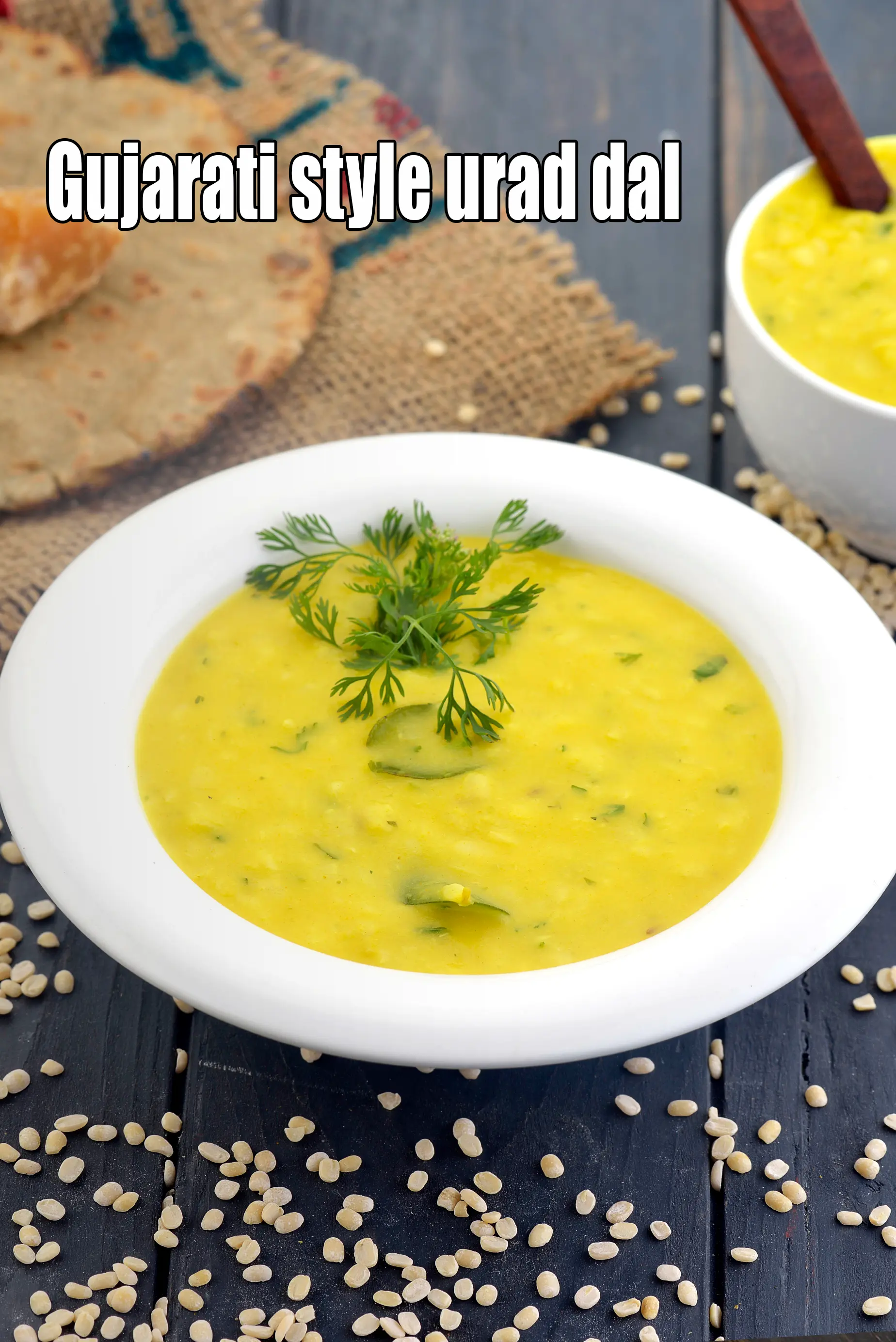
Click here to view Gujarati Style Urad Dal Recipe
Calories in other related recipes
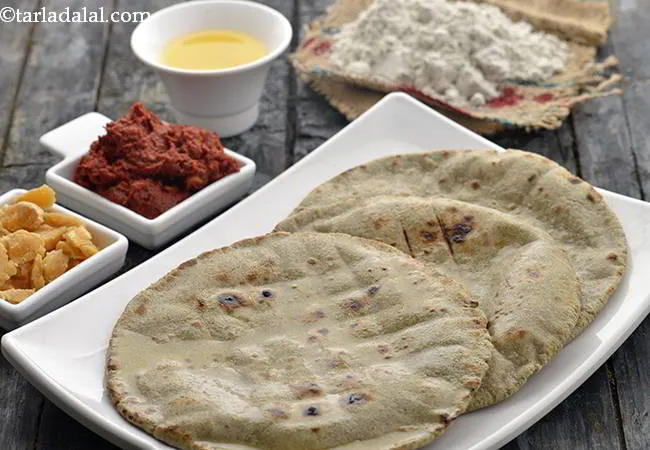
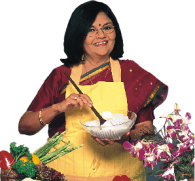
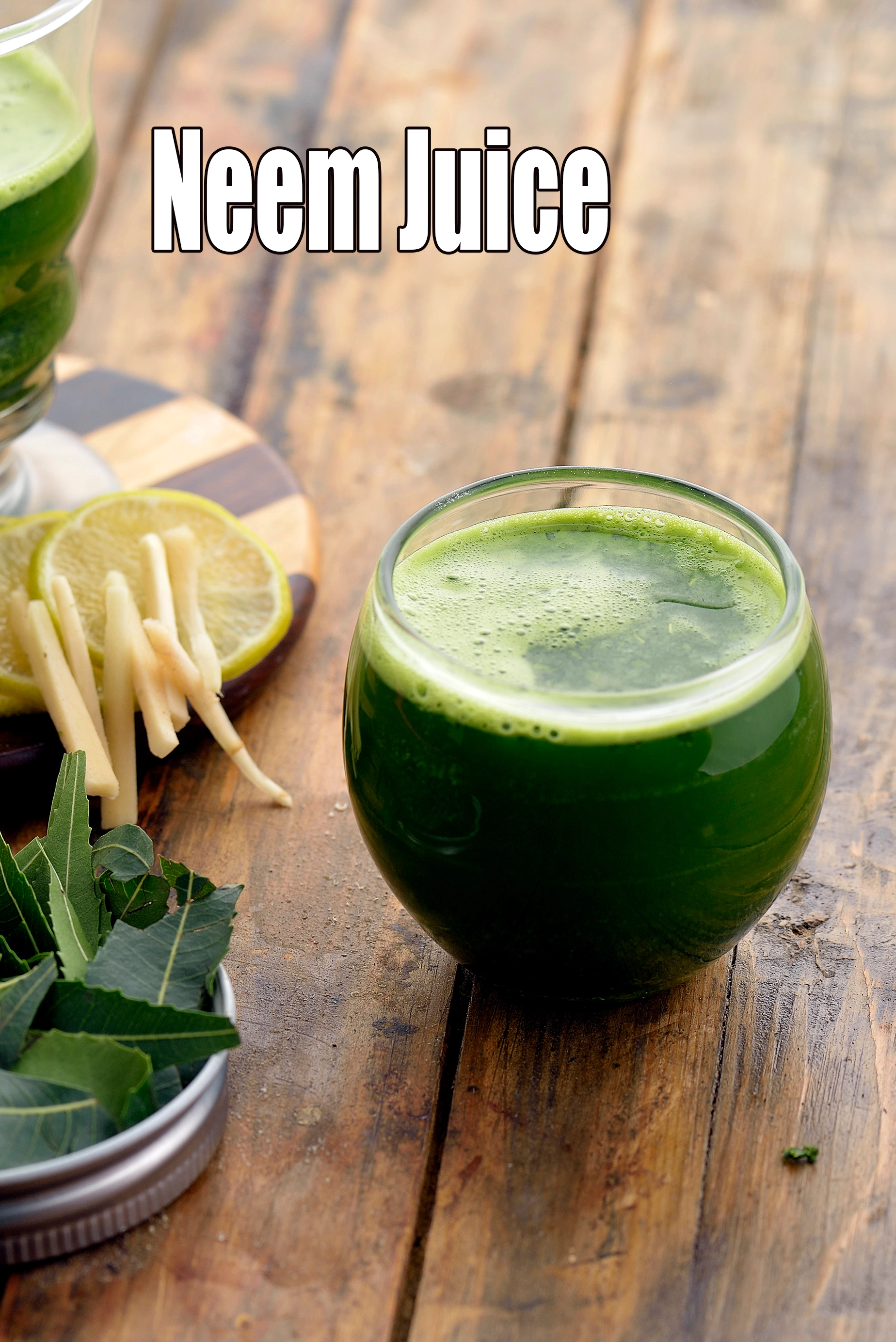
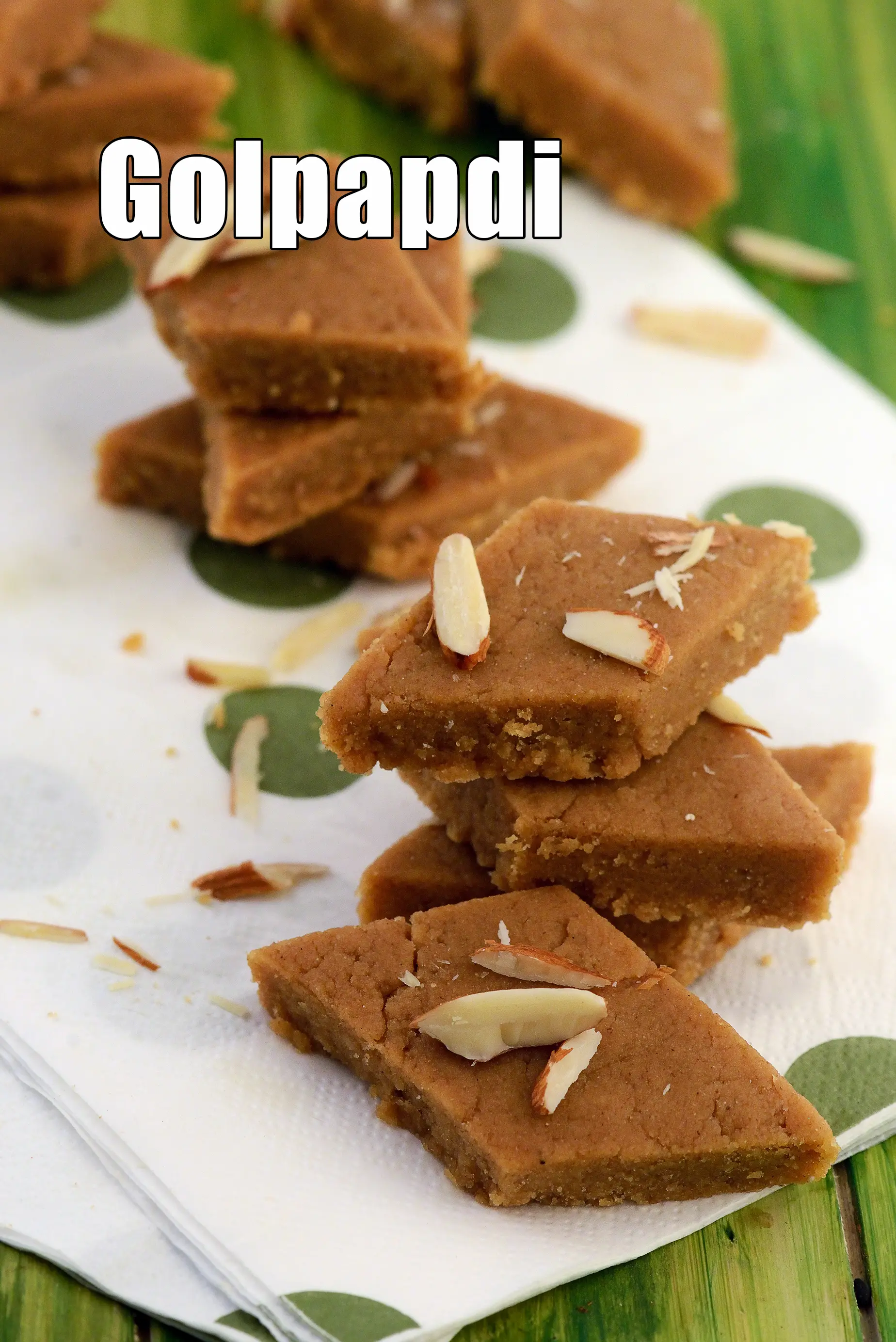
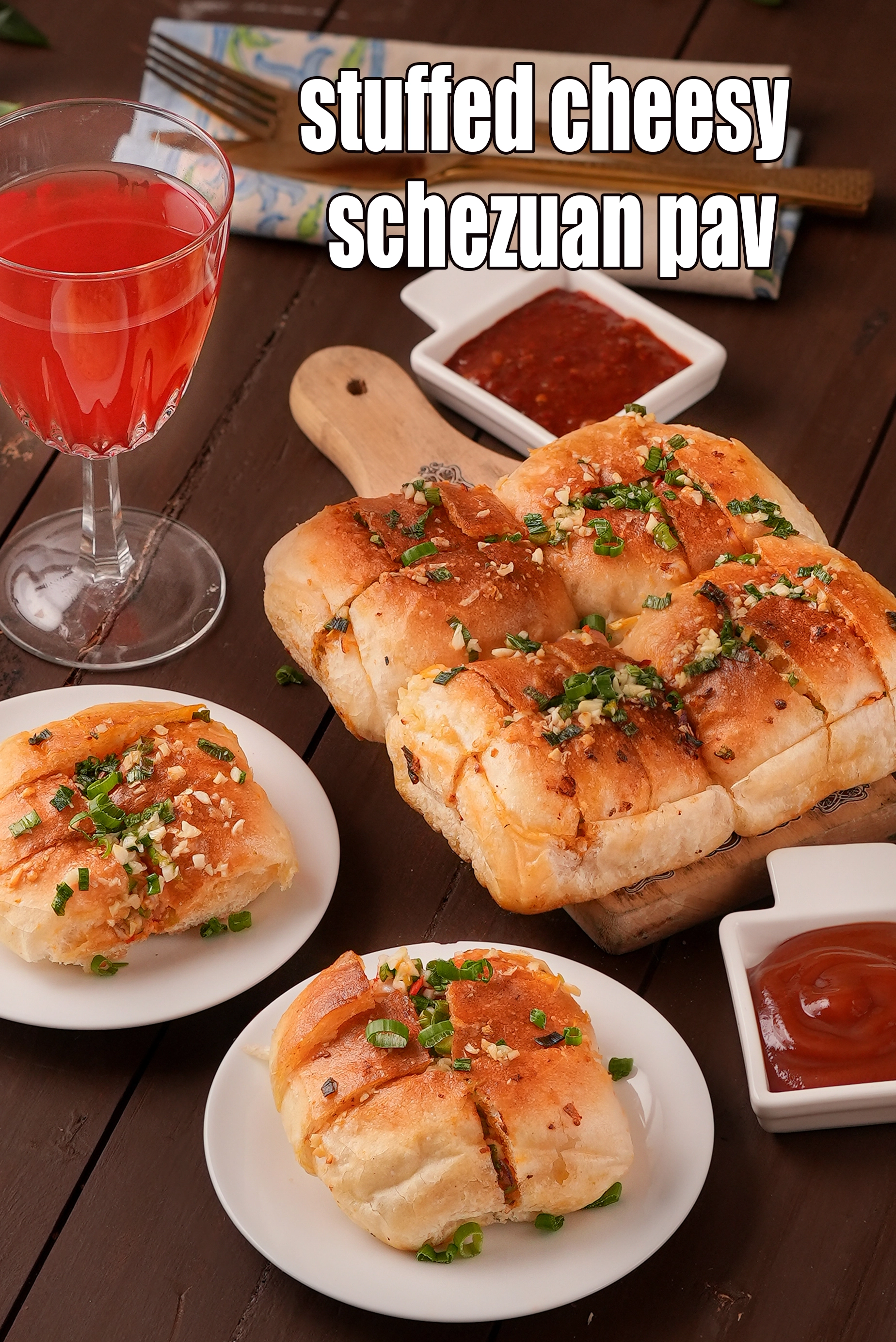
-10876.webp)
